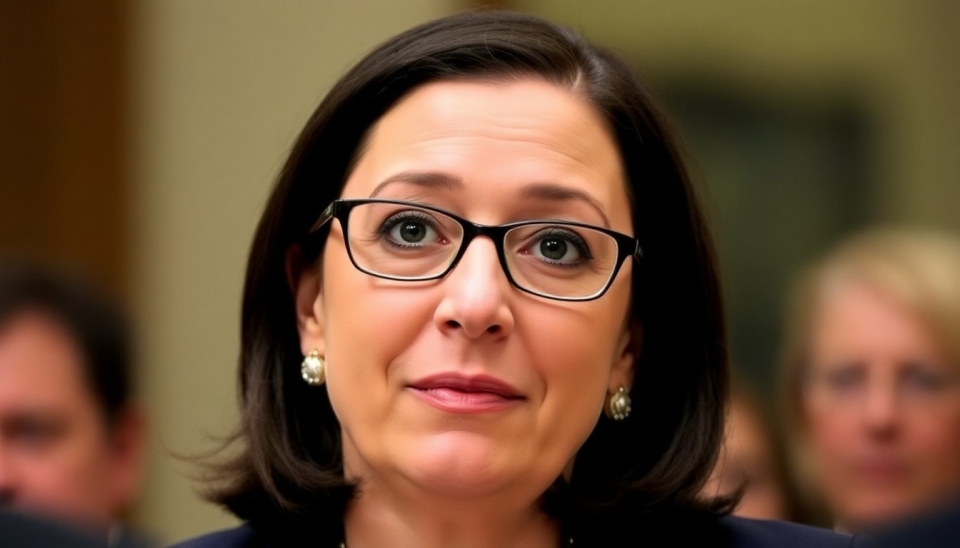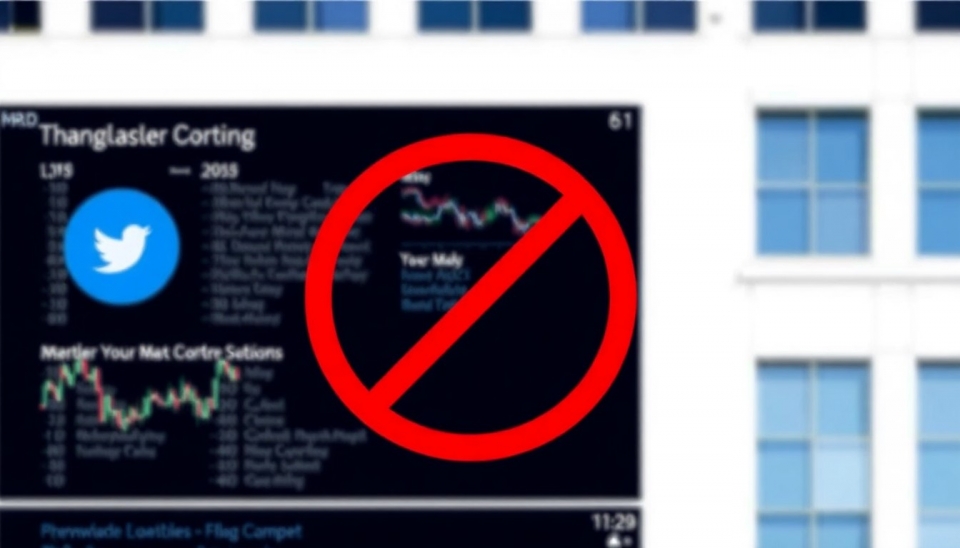
In a pivotal analysis of the financial dynamics influencing major technology firms, recent reports suggest that although Big Tech companies like Amazon, Alphabet, and Microsoft are ramping up their capital expenditures (capex), the growth is concealing a bigger picture of slowing investment momentum. This phenomenon raises concerns about the sustainability and stability of the tech sector in the long term.
The technology behemoths have been pouring substantial resources into infrastructure and data centers to support their growth ambitions. Spending has surged dramatically in the past few years, driven by higher demand for cloud services, digital transformations, and growing global connectivity needs. The flurry of expenditure has given rise to optimistic projections regarding the sector’s health. However, experts argue that beneath this apparent flourishing lies a significant tightening of capex growth rates.
According to financial analysts, the steep rise in spending is not indicative of a uniformly healthy market but rather reflects a more competitive landscape among these tech giants. The strategic push for resources tends to be more about capturing market share than facilitating organic growth. Consequently, as multiple players vie for dominance, the growth in capital spending might not translate into meaningful long-term value creation for shareholders.
Market analytics indicate that even with robust growth figures, the capital expenditure growth rate could be poised for a downturn as the market stabilizes. There are fears that as companies finalize their key infrastructure projects, the relatively high expenditure levels may plateau or even decline. This downturn could affect the tech sector's appeal, causing investors to question the sector's resilience against economic fluctuations.
Another critical factor influencing capex growth is the increasing operational costs linked to regulatory pressures and rising interest rates. Companies are now facing heightened scrutiny regarding their spending patterns, leading to more cautious and strategic investment decisions. Such factors underscore the notion that while the visible capex expenditures may appear strong, the underlying intentions and future trajectories are far less certain.
Industry watchers are closely monitoring these trends, as a shift in capital expenditure rationality could lead to broader economic implications. A major contraction in spending or a prolonged period of stagnant growth could trigger investor anxiety and result in market volatility. Stakeholders across the board need to be vigilant as the tech landscape evolves, adapting to the potential recalibrations in both short-term and long-term strategies.
In conclusion, Big Tech's current capital expenditure patterns may mask a deeper slowdown that could manifest in the coming years. As these companies navigate the intricate dance of innovation, regulation, and competition, keeping an eye on their spending behaviors will be crucial for understanding the health and future of the sector.
#BigTech #CapitalExpenditure #TechSpending #MarketTrends #InvestmentAnalysis
Author: John Miller




